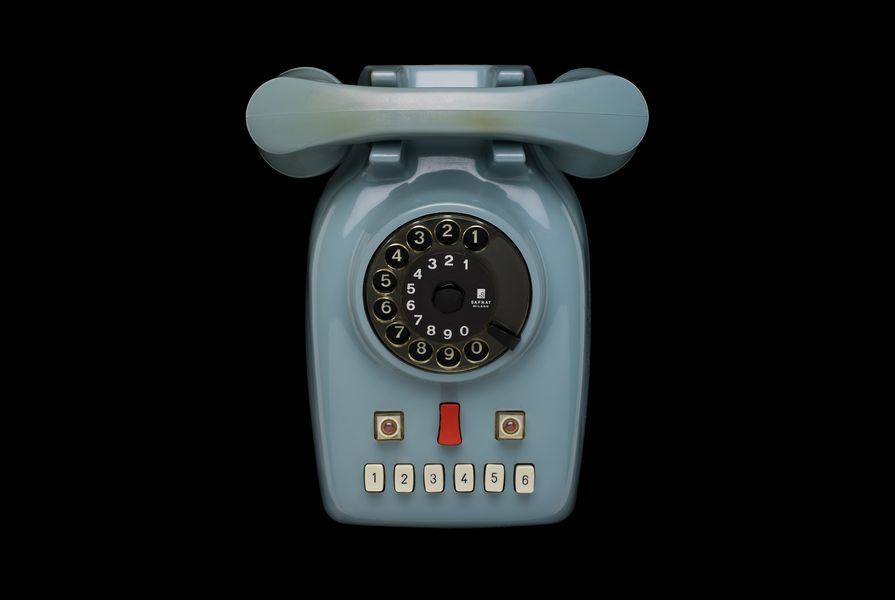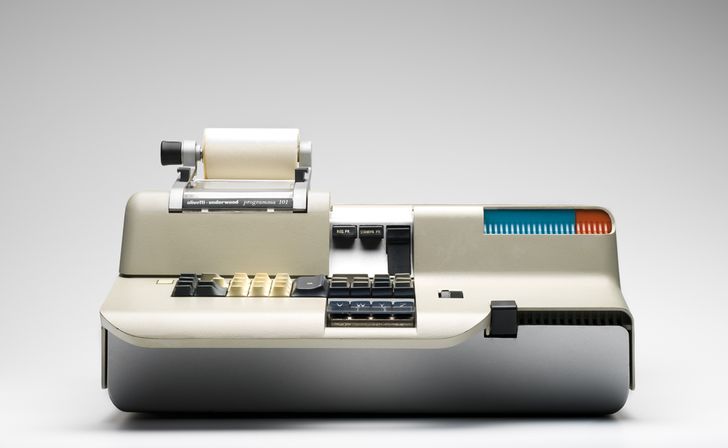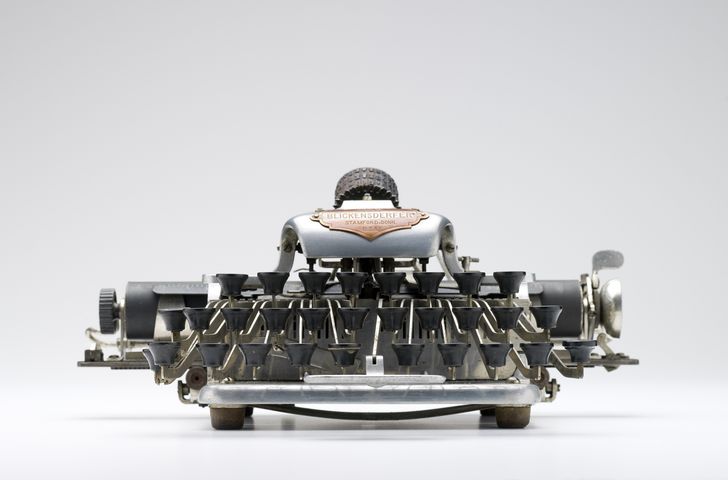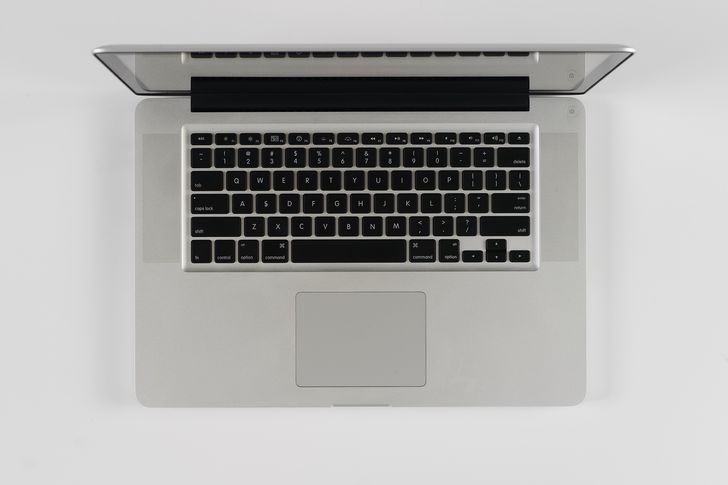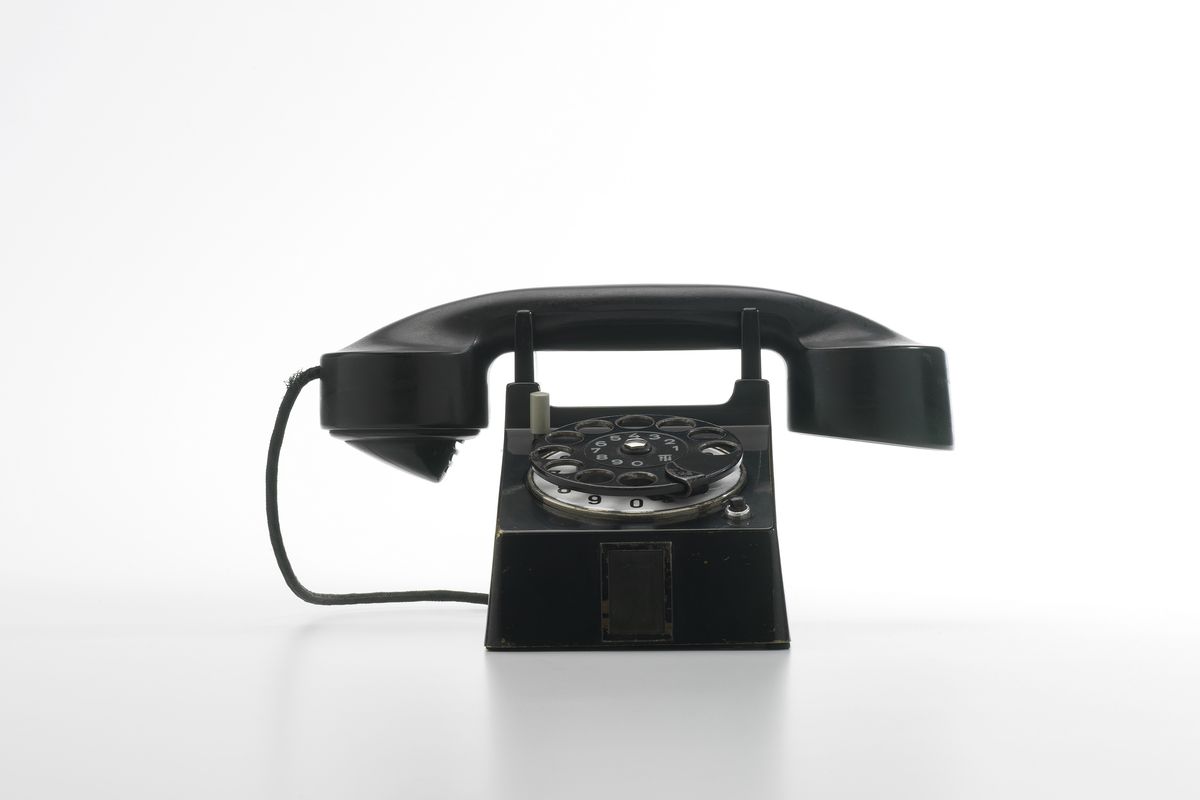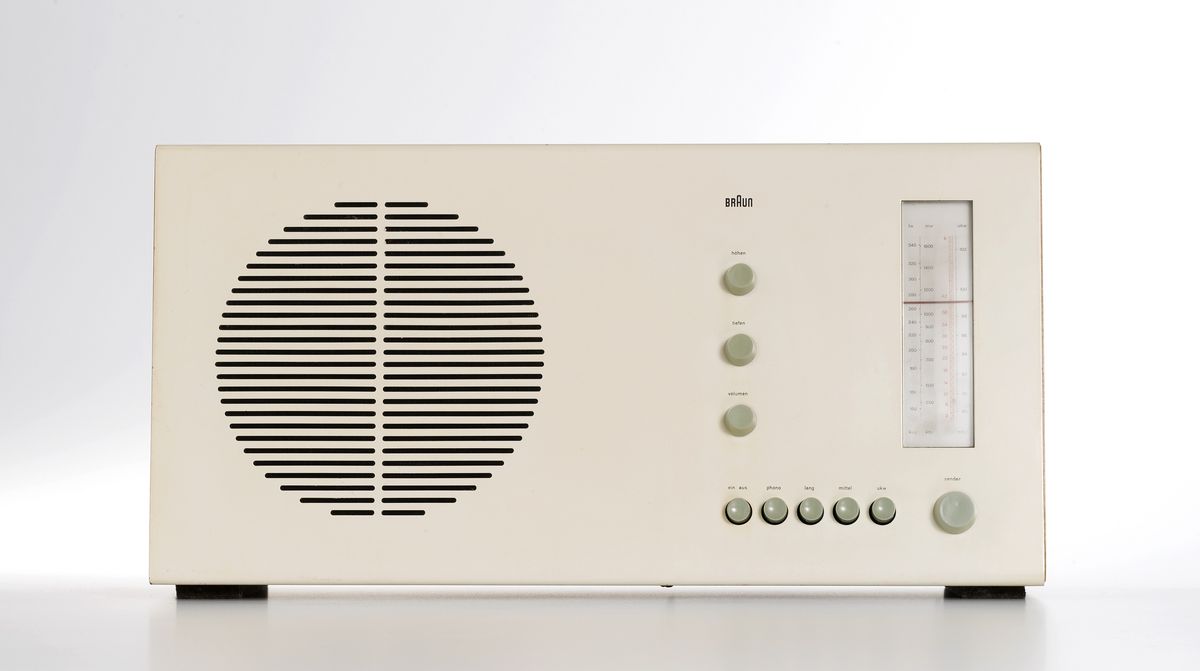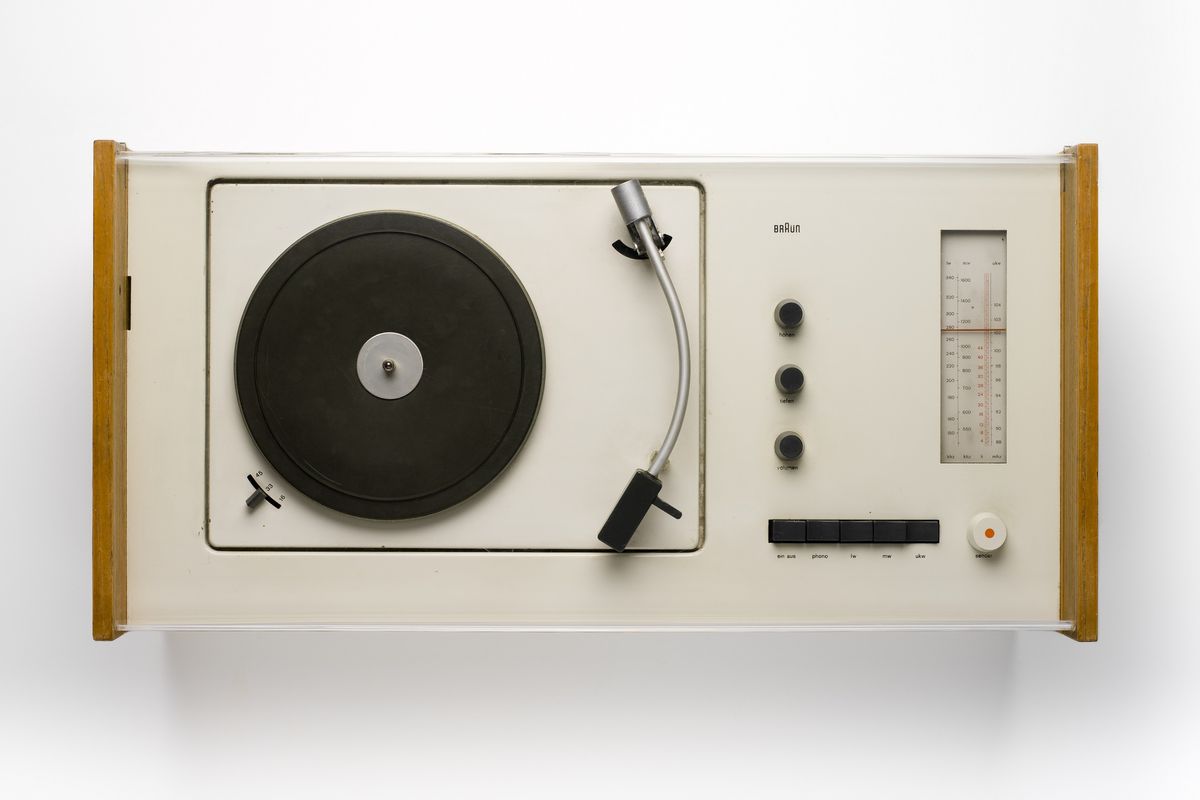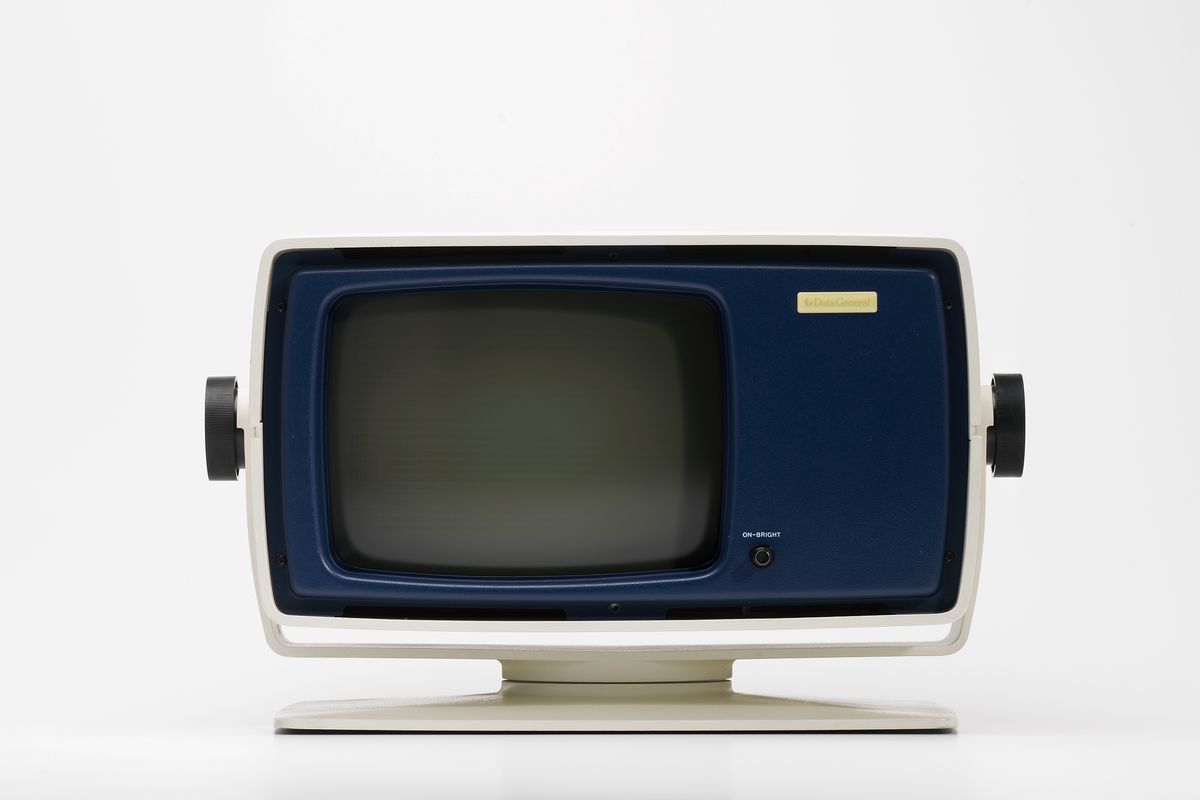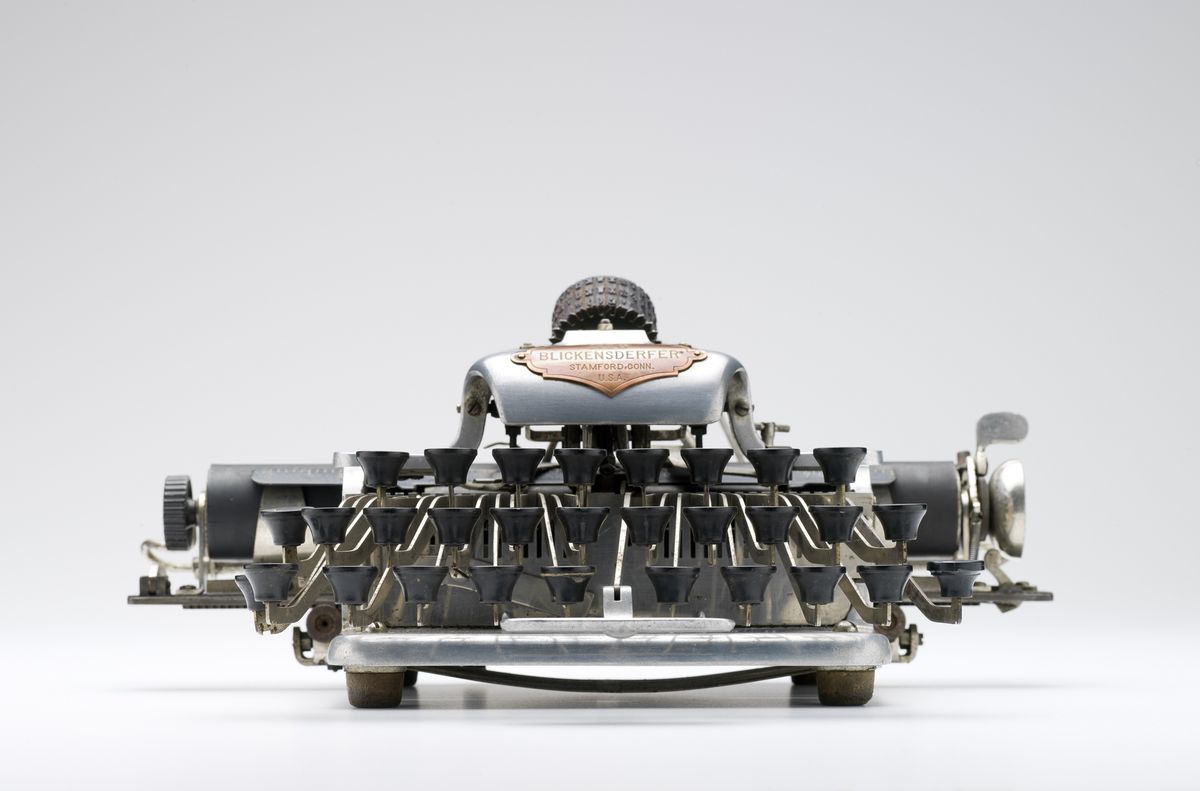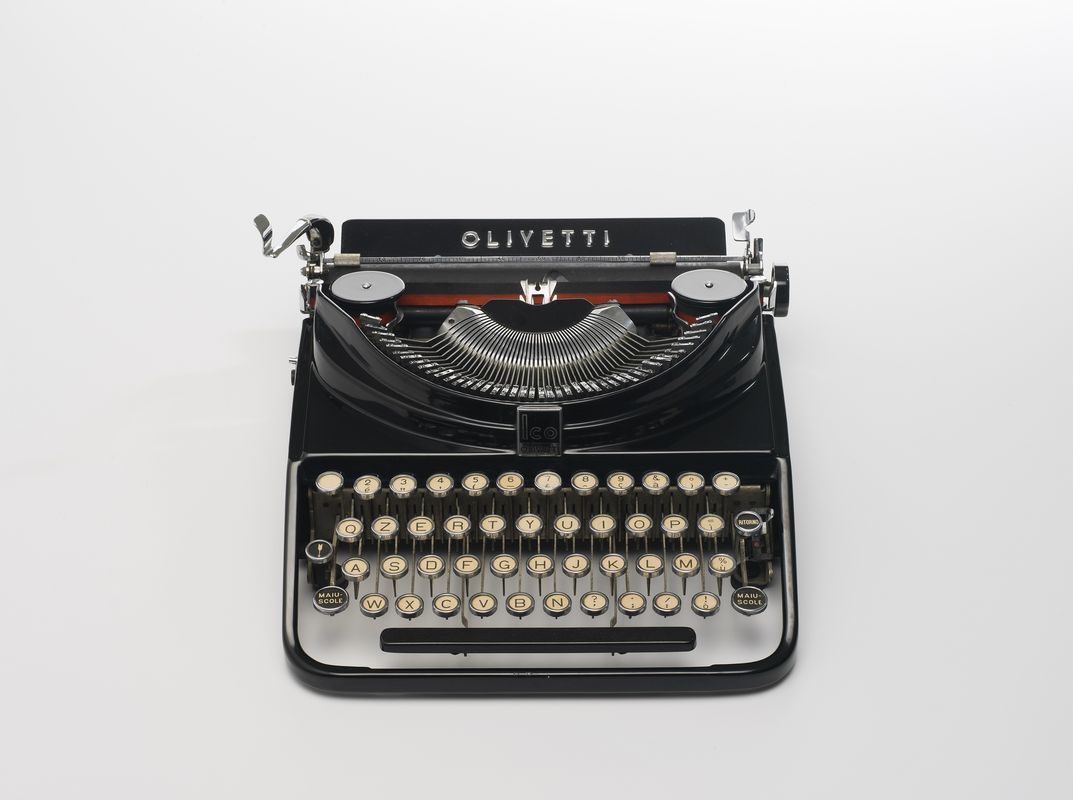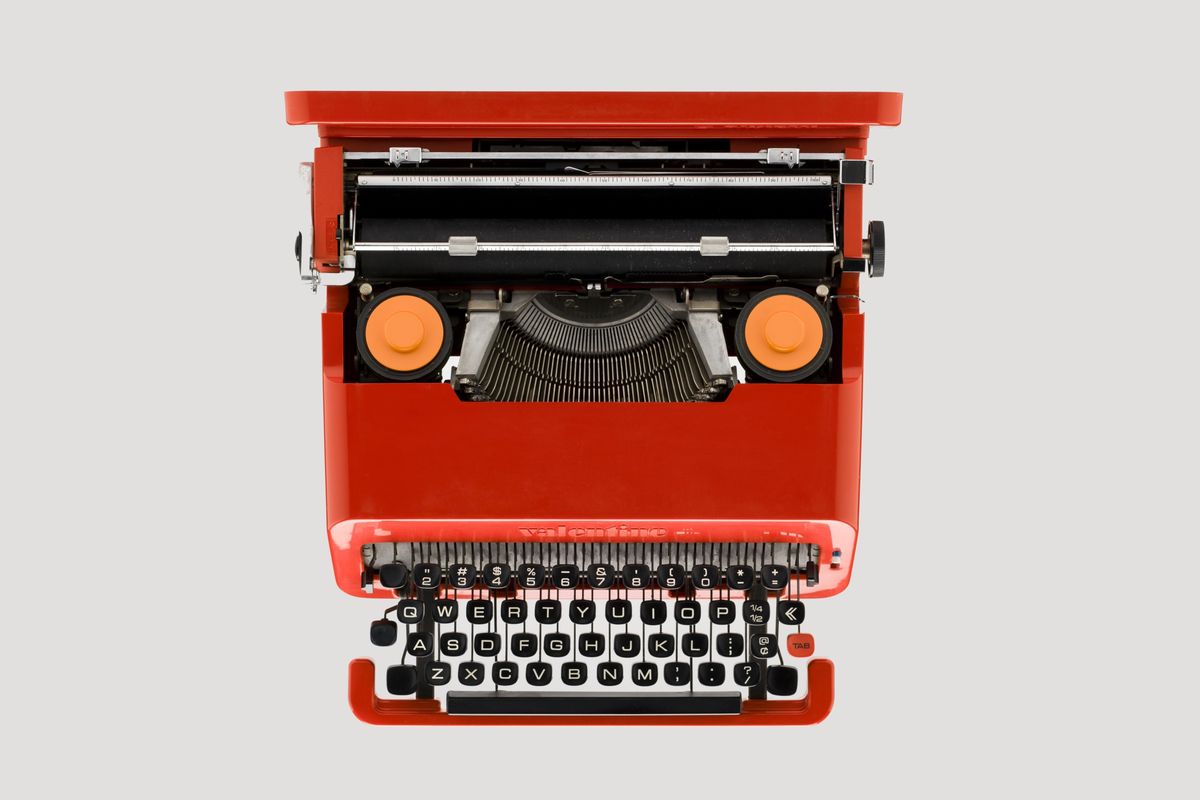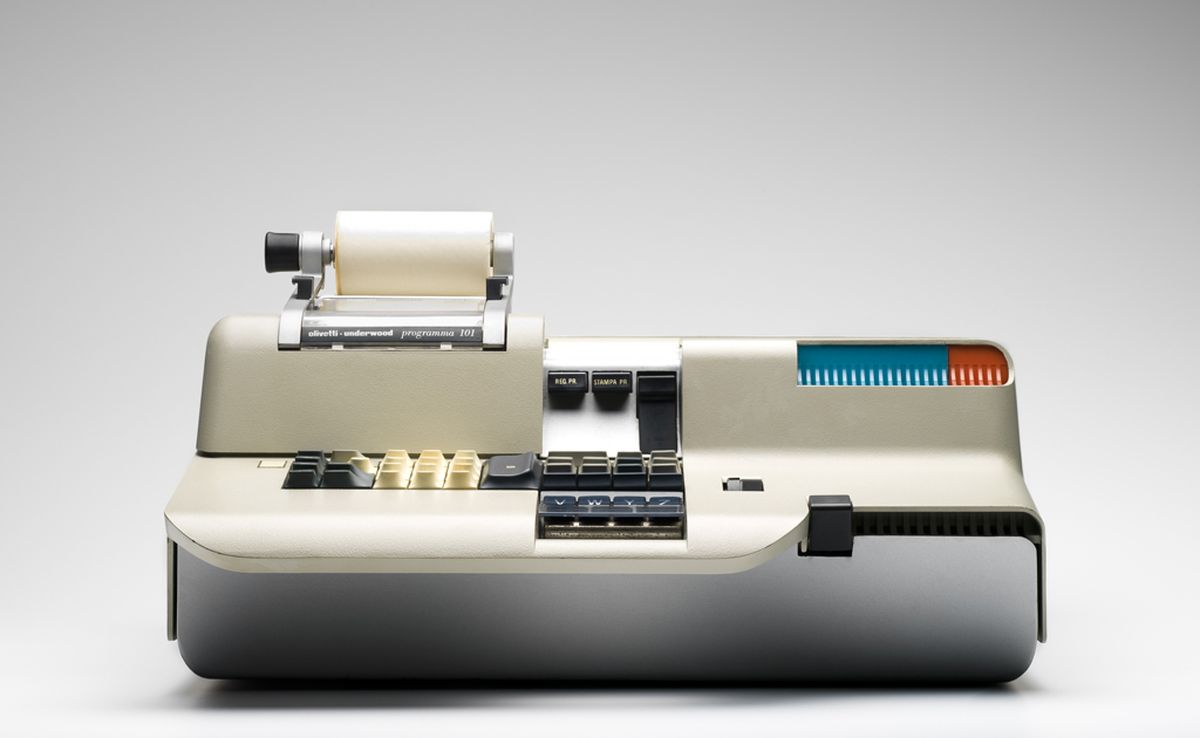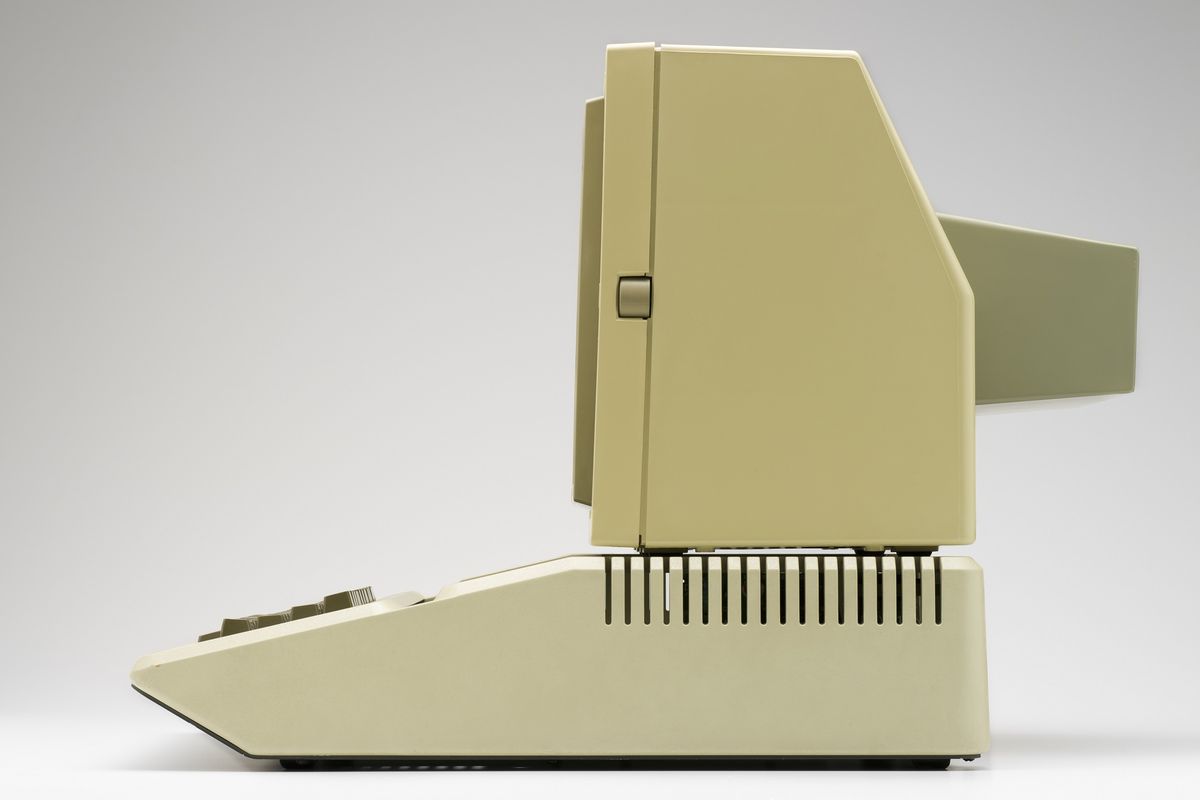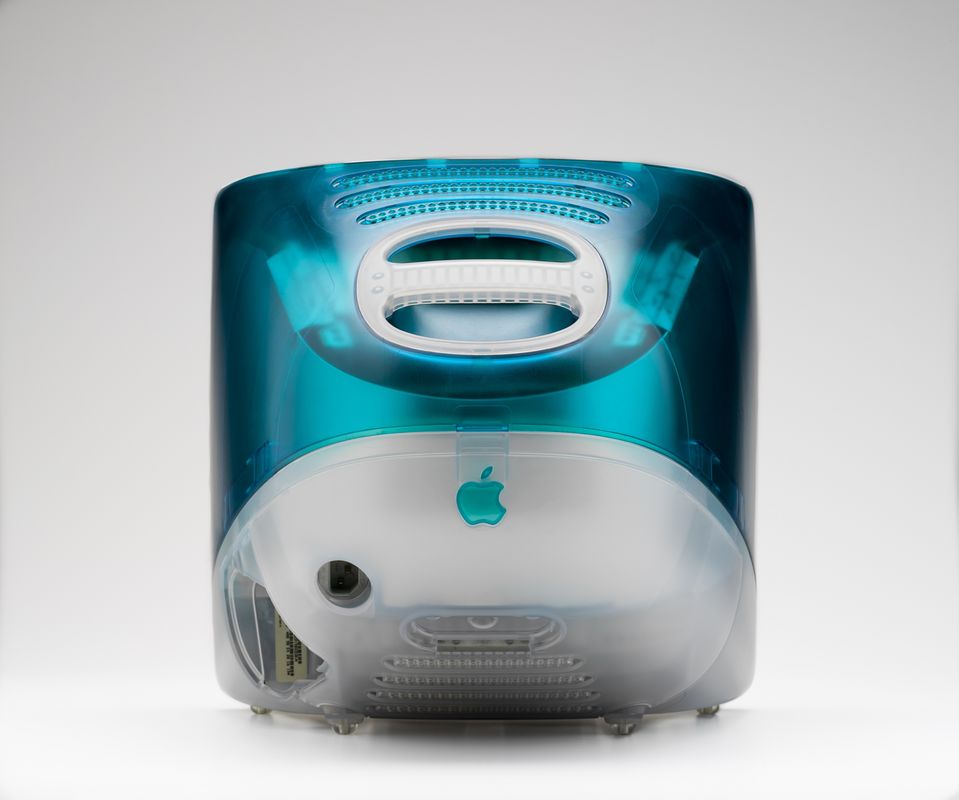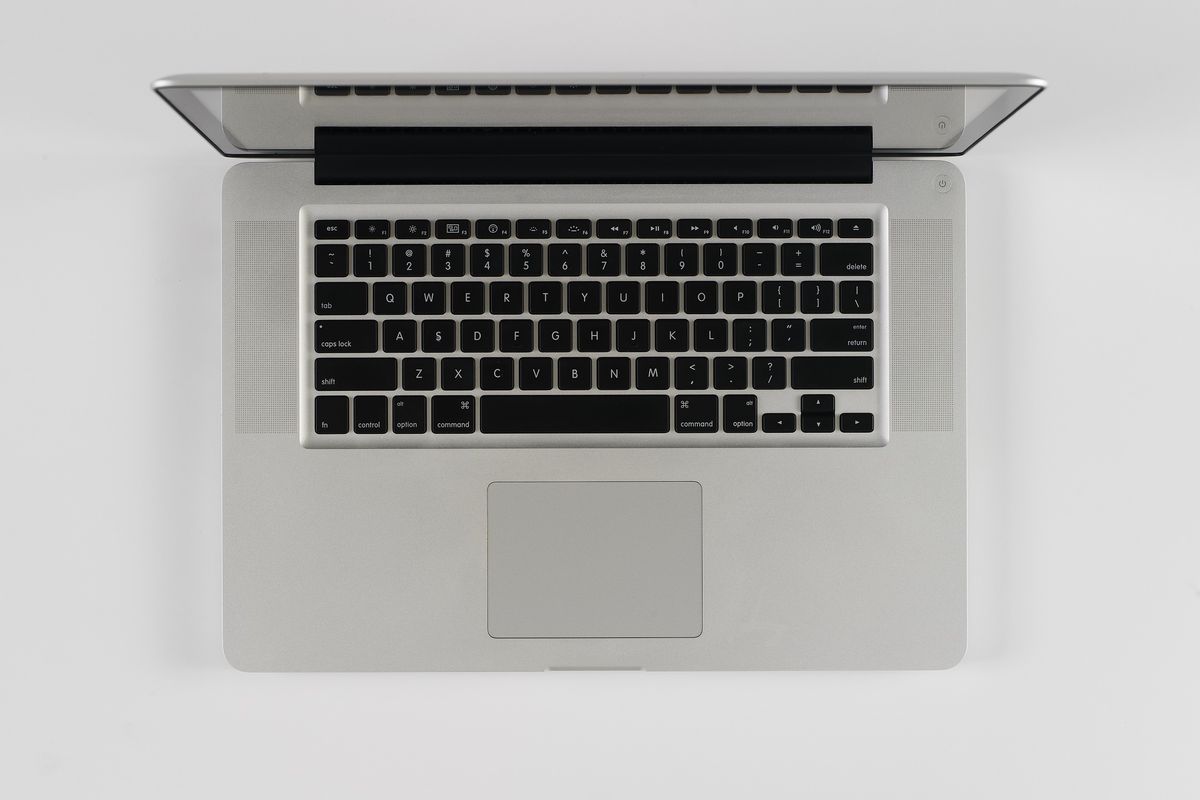As part of Sydney Design 2014, The Museum of Applied Arts and Sciences will showcase its design and technology collection through a brilliant new exhibition, Interface: people, machines, design at the Powerhouse Museum from 15 August to 11 October 2015. Featuring iconic products designed and manufactured by the world’s famous brands, including Olivetti, Braun and Apple, Interface explores how a handful of companies, industrial designers and visionaries transformed the mechanical machines of the analogue nineteenth century into the sleek, ubercool must-have consumer tech-goods of today’s digital world.
What’s fascinating about the exhibition is that shows how design has democratized technology, putting sophistcaed capability in the hands of the everyday, untrained consumer (from typewriters to walkmans to iPods and iPads.
Programma 101 personal computer designed by Mario Bellini and Piero Giorgio Perotto for Olivetti, 1965–1971.
Image: Powerhouse Museum
Before Apple, Hewlett-Packard and even IBM, there was the Programma 101 from Olivetti – a pet project of the Italian company famous for making typewriters. They were the first to transform the enormous room-sized machines (which do little more than today’s average calculators) into the personal computer, which arguably kickstarted a technological revolution. The result of years of prototyping, the Programma 101, its chassis designed by architect Mario Bellini, was the world’s first commercially available personal computer unveiled at the 1964 New York World’s Fair, for which Charles and Ray Eames famously designed the IBM pavilion. For a few short years, the Programma 101 dominated offices and even homes across North America before being superceded by the Hewlett-Packard 9100.
The 1906 Blickensderfer 6 portable typewriter, designed by George Blickensderfer.
Macbook Pro laptop computer designed by Jonathan Ive for Apple, 2010
Image: Powerhouse Museum
“There’s an abundance of electronica in the Museum’s collections, but in setting this exhibition up, we wanted to do more than just the map the evolution of technology,” says Bickertsaff. “We were looking at what really unites all these gadgets – it’s not just what they are designed to do, but the way they’re designed to do it, and therefore how they engage us. The visionary designers we look at have thought about every detail and solved every problem that got between the machine and its user. The Italians did it with great flair and humour, the English with a serene approach, and the Germans have done it with the streamlined style of the Bauhaus. All have taken utilitarian objects and made us love them, so we engage with them in a far more personal way than their functions would suggest. That’s the thread that runs through this exhibition.”
On display are works by Dieter Rams (Braun’s design visionary), Steve Jobs and Steve Wozniak (co-founders of Apple), Doug Engelbart (a seminal figure of computer interface design), Olivetti designers Marcello Nizzoli, Ettore Sottsass and Mario Bellini, as well as early Apple designs from Hartmut Esslinger who helped shape Apple’s transformation into a global brand, and its current designer, Sir Jonathan Ive.
Bickerstaff is passionate a conveyer of their stories, and a studious connector of the dots between technology and the devices that have made us love it. His essay People, Machines, Design, in the beautifully produced exhibition catalogue, starts with a compelling piece of data around the take-up of smart phones. Now the number one mass-market technology product, they put in the palm of our hands a set of software-driven tools and toys that a mere fifty years ago would have taken up warehouses of hardware. Other essays in the catalogue explore the sociological context behind the machines and the innovators, and Bickerstaff includes his interview with Mario Bellini – Olivetti’s chief industrial designer from 1963 to 1991.
It’s not a large exhibition, but it’s information rich and its design is easy to navigate with a chronological/typological sequence. Although the lighting could be better, I still managed to completely lose myself in this wonder world of gagdets. It ends with an unexpected pairing of opposites that delightfully illustrates the quantum leaps technology has made during our lifetime: a small personal chalkboard with a soft-cornered timber frame, side by side with an Apple iPad of about the same scale. It’s a journey that most of us can relate to and marvel at.
Interface: people, machines, design
15 August 2014 to 11 October 2015
Powerhouse Museum
Sydney Design

